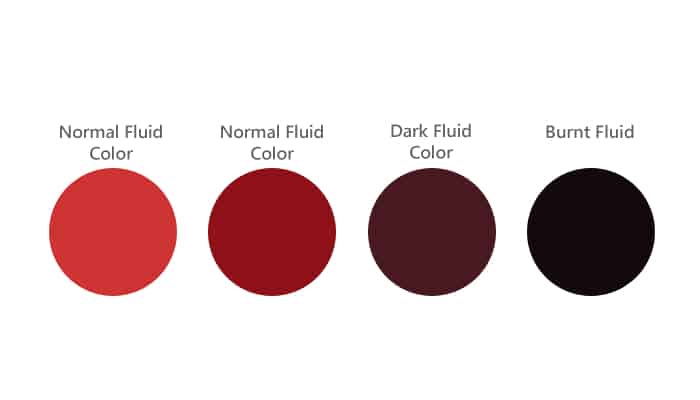Cub Cadet Hydrostatic Transmission Fluid Capacity
When it comes to maintaining your Cub Cadet hydrostatic transmission, one of the important things to know is the fluid capacity. This information will help you ensure that your transmission is properly lubricated and functioning at its best. In this article, we will provide you with the necessary details about the fluid capacity for your Cub Cadet hydrostatic transmission.
| Popular posts |
|---|
| What to do to prolong the life of your manual gearbox |
| Automatic transmission: what it is, how it works |
Transmission Fluid Capacity and Type
Before we dive into the fluid capacity, let’s first talk about the type of transmission fluid you should use. Cub Cadet recommends using their own brand of hydrostatic transmission fluid for optimal performance. While other brands may claim to be compatible, it’s always best to stick with the manufacturer’s recommendation to avoid any potential issues.
Now, let’s get to the important numbers. The fluid capacity for Cub Cadet hydrostatic transmissions can vary depending on the model. Below, you’ll find a table that outlines the fluid capacity in both quarts and liters for some popular Cub Cadet models:
| Model | Fluid Capacity (Quarts) | Fluid Capacity (Liters) |
|---|---|---|
| XT1 LT42 | 2.5 | 2.4 |
| XT2 LX42 | 2.5 | 2.4 |
| XT3 GSX | 3.0 | 2.8 |
| XT3 GS | 3.0 | 2.8 |
Keep in mind that these are just a few examples, and the fluid capacity may vary for other Cub Cadet models. Always refer to your owner’s manual or contact Cub Cadet customer support for the specific fluid capacity of your model.
Fluid Maintenance
Now that you know the fluid capacity, let’s briefly discuss fluid maintenance. It’s essential to regularly check the fluid level and condition of your hydrostatic transmission to ensure optimal performance and longevity.
- Check the fluid level: Locate the transmission fluid dipstick, usually located near the transmission housing. Remove the dipstick, wipe it clean, reinsert it, and then remove it again to check the fluid level. Ensure that the fluid level is within the recommended range.
- Inspect the fluid condition: The transmission fluid should be clean and free from any debris or discoloration. If you notice any signs of contamination or if the fluid appears dark and dirty, it’s time to replace it.
- Fluid replacement: To replace the transmission fluid, follow the instructions provided in your owner’s manual. It’s important to use the correct fluid type and ensure that you fill it to the recommended level.
Remember, proper fluid maintenance is crucial for the smooth operation of your Cub Cadet hydrostatic transmission. Neglecting this aspect can lead to performance issues and potentially costly repairs.
Safety Considerations
While discussing safety is not the primary focus of this article, it’s important to mention a few key points to ensure your well-being:
- Always refer to the owner’s manual for specific safety instructions and precautions related to your Cub Cadet hydrostatic transmission.
- Before performing any maintenance or fluid checks, make sure the engine is turned off and the transmission is in the neutral position.
- Wear appropriate protective gear, such as gloves and safety glasses, to prevent any potential injuries.
By following these safety guidelines, you can ensure a safe and hassle-free maintenance experience.
Conclusion
Knowing the fluid capacity for your Cub Cadet hydrostatic transmission is essential for proper maintenance. By using the recommended transmission fluid and adhering to the fluid capacity guidelines, you can keep your transmission running smoothly and efficiently. Remember to regularly check the fluid level and condition, and perform fluid replacements as needed. By taking these simple steps, you’ll be able to enjoy the full potential of your Cub Cadet hydrostatic transmission for years to come.
What Color Should Transmission Fluid Be?


